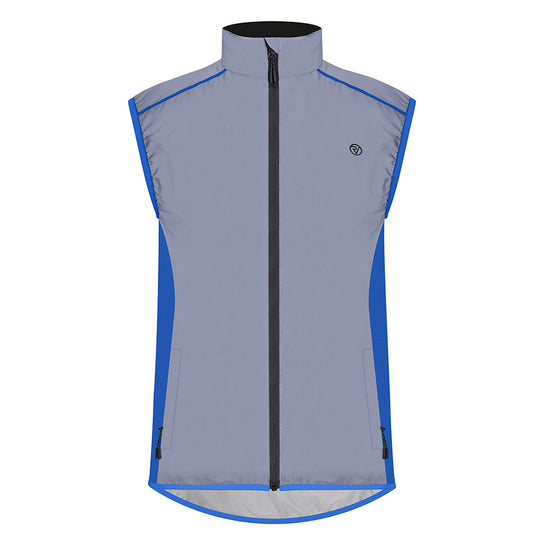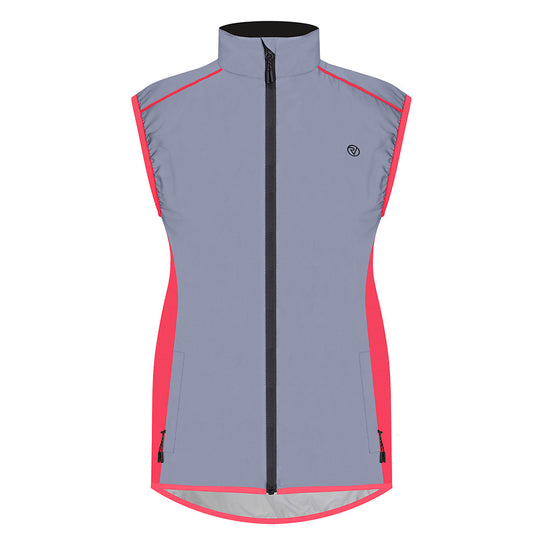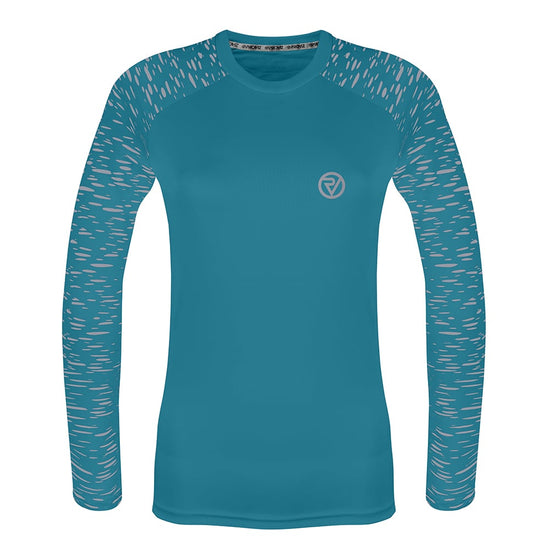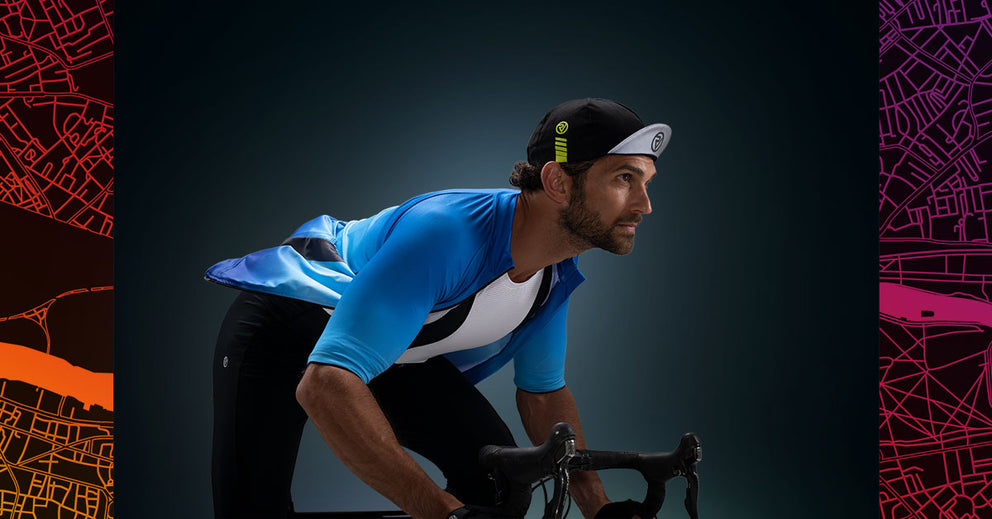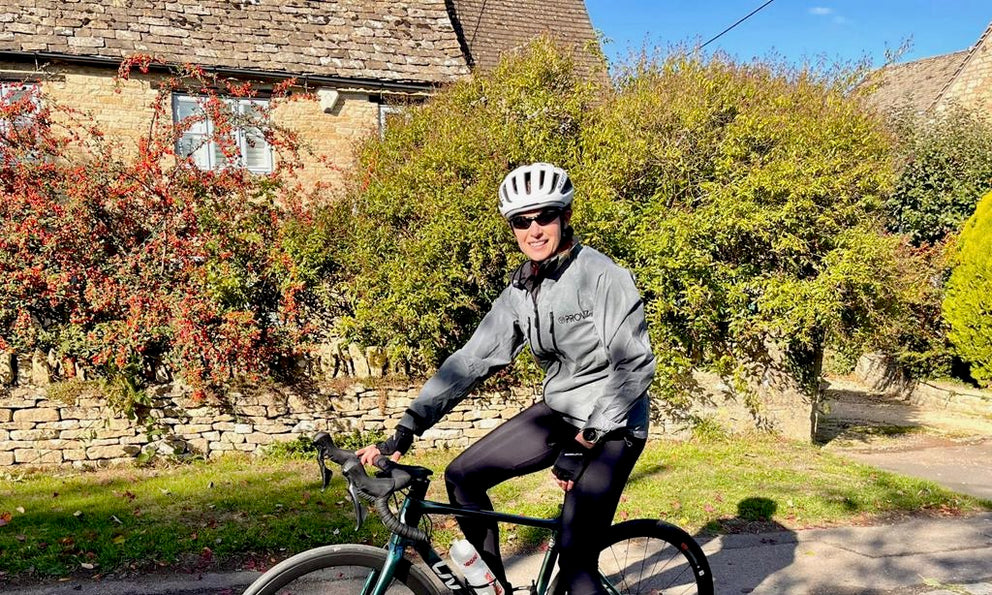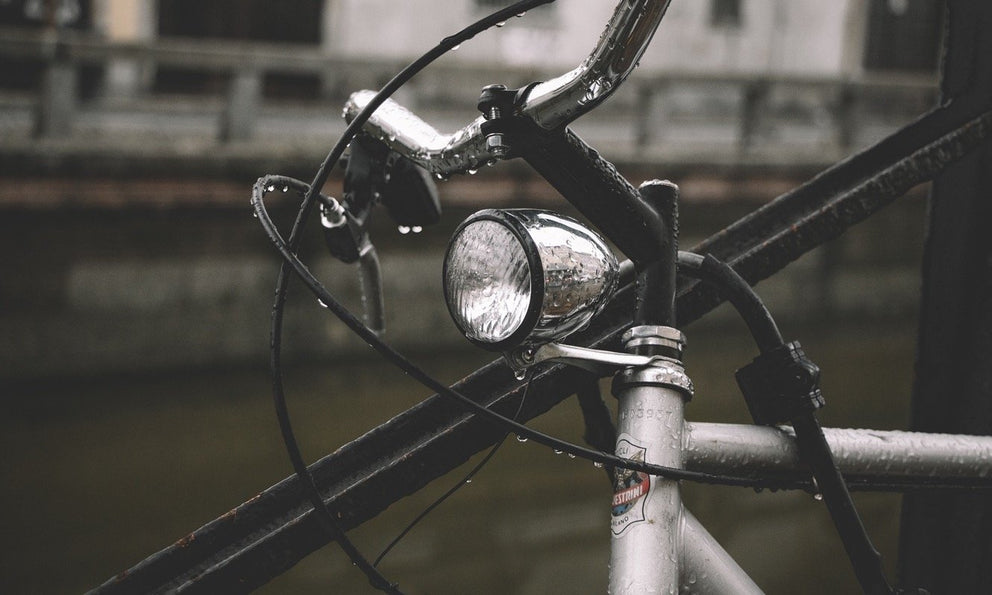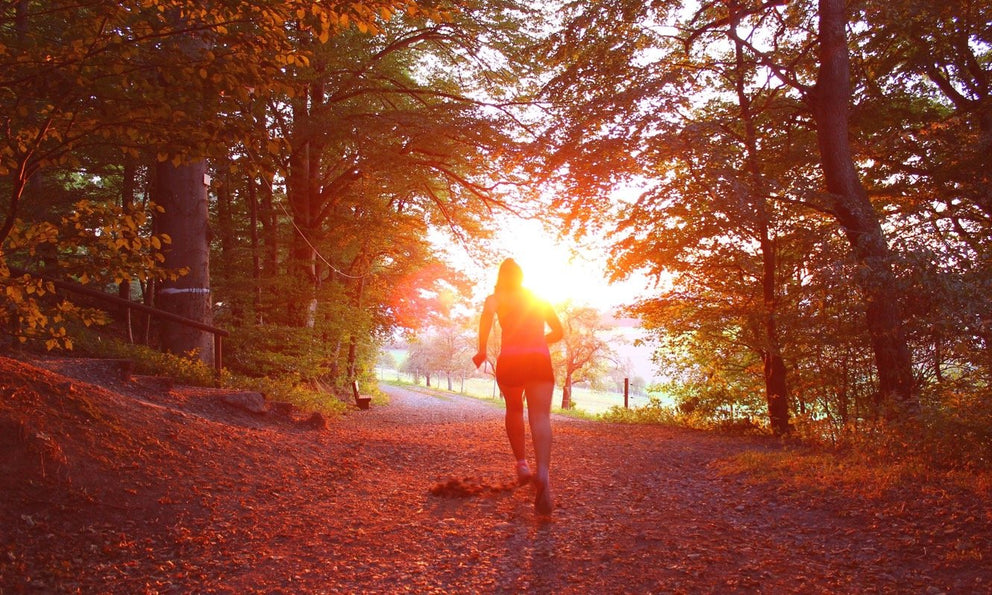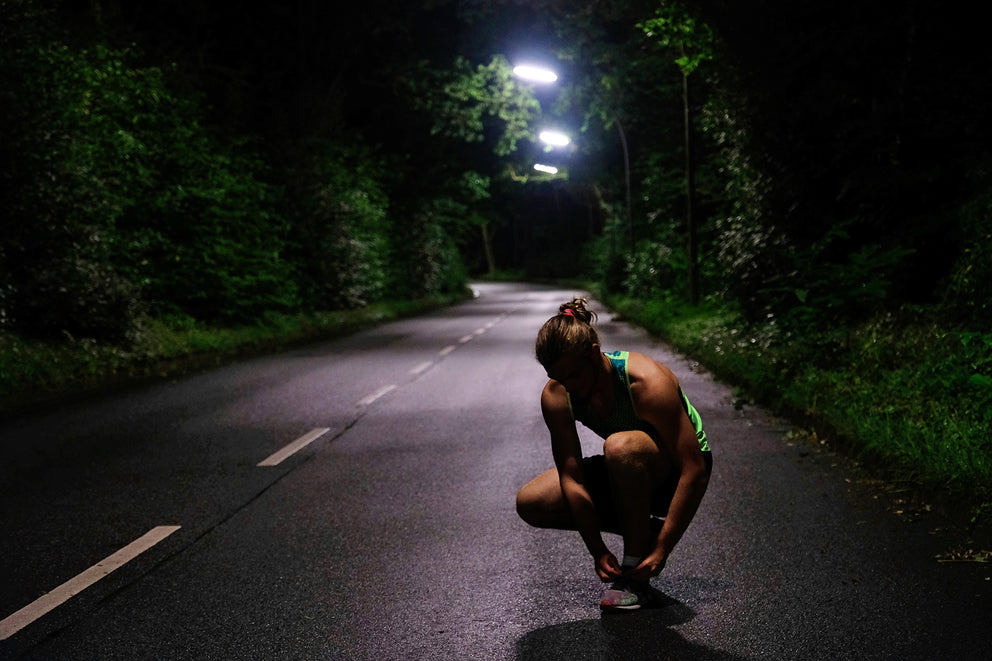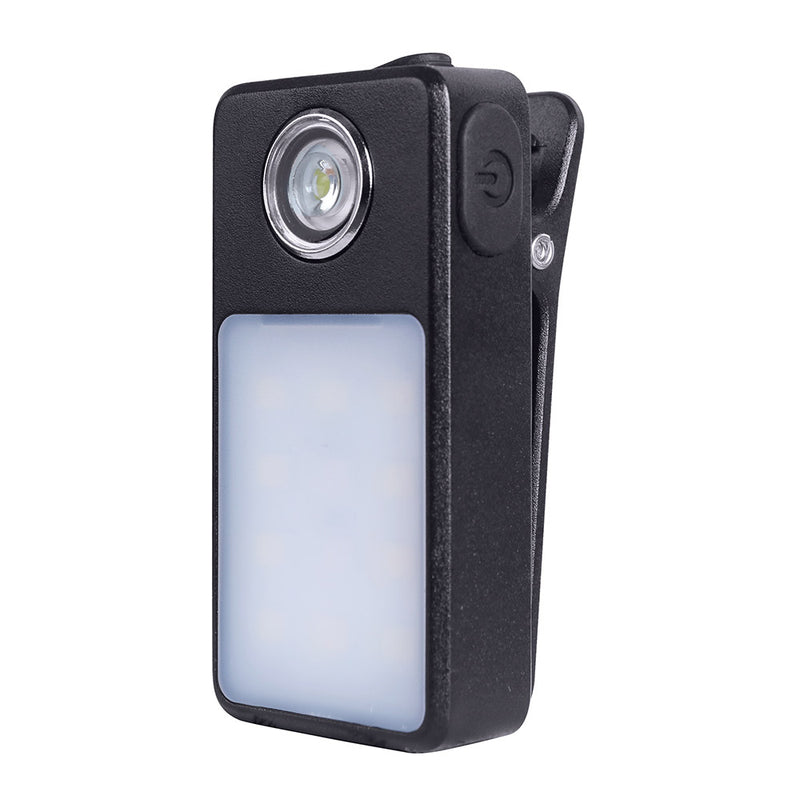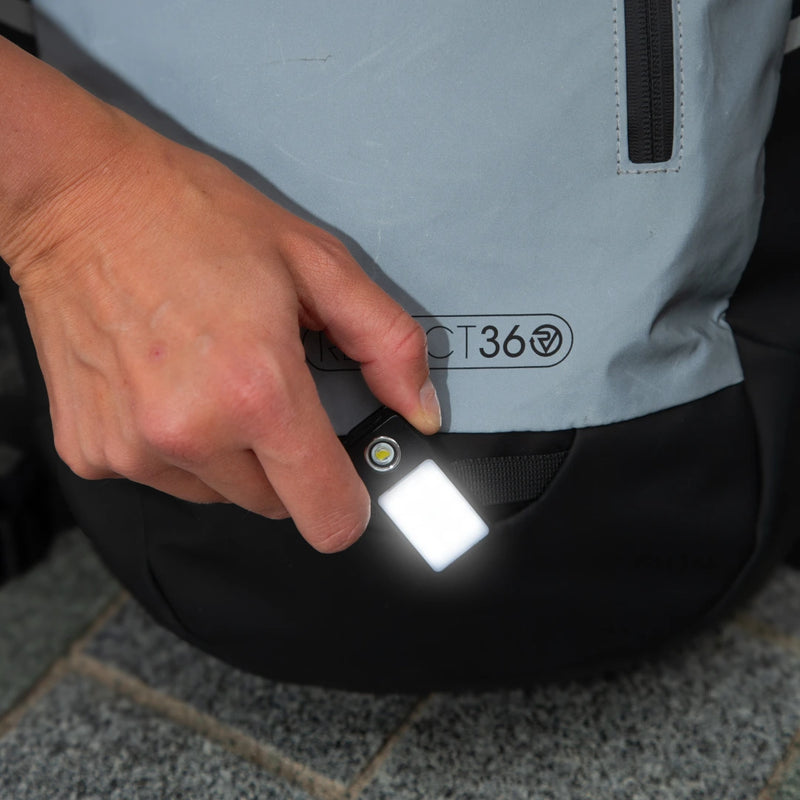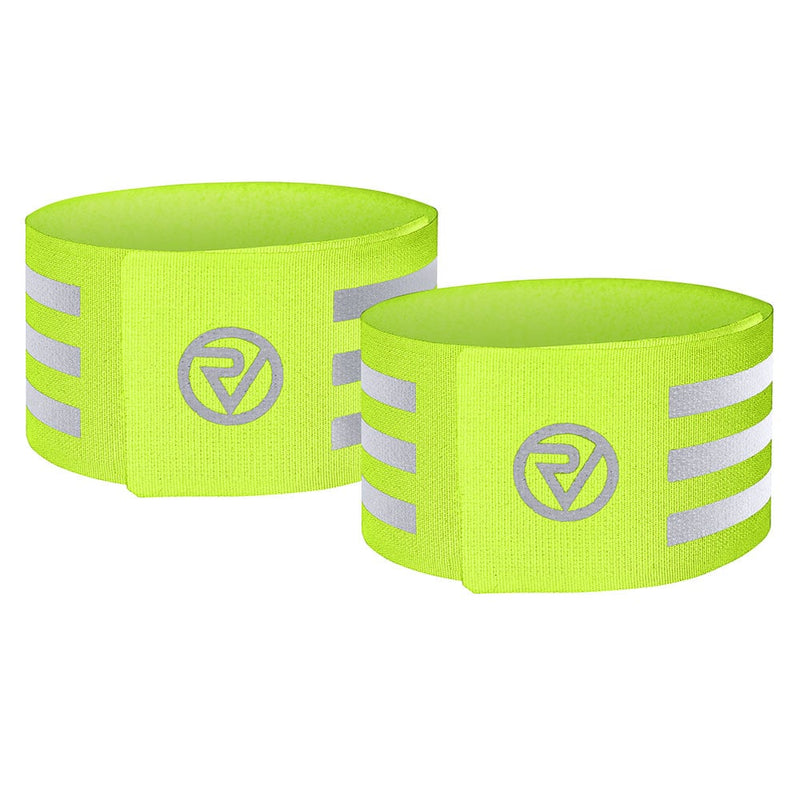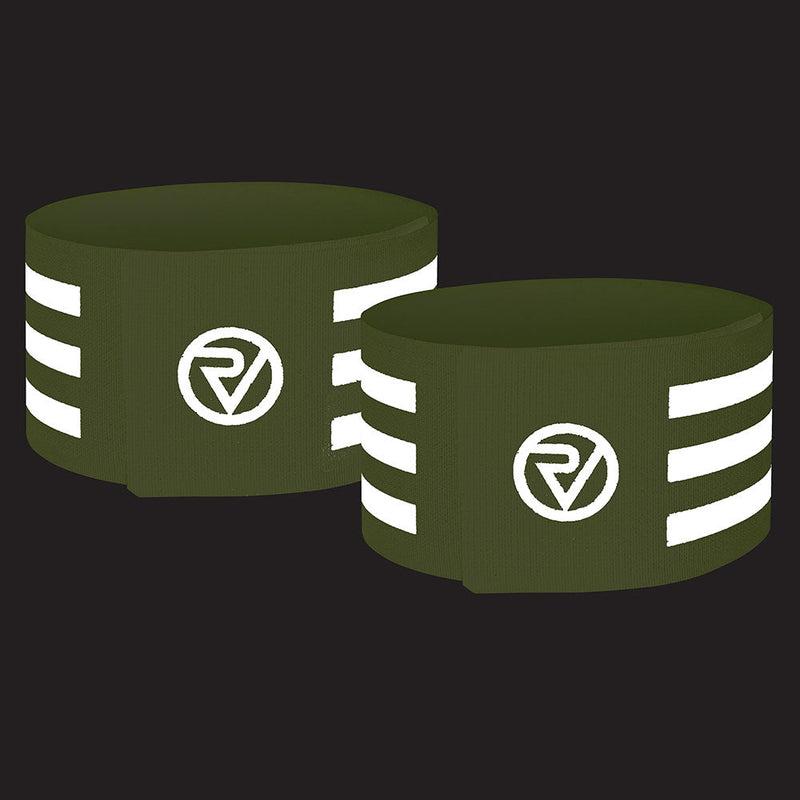Whether you’re a keen cyclist, making your first forays into the sport or looking for a new way to commute, legwear is key. Lycra and nylon products deserve their status as cycling essentials, ensuring you stay cushioned, insulated and chafe-free. But buying the right kit isn’t always straightforward. Cycling bib shorts are a development on classic braces. They’re becoming more popular for non-professionals, competing with regular shorts on the scene. You might prefer one or the other, depending on how you approach the bike and what you want to get out of it. We’re here to help you decide; are bib shorts better for cycling? Read our thorough comparison to spot the difference and make a choice.
Cycling shorts vs bibs – what’s the difference?
Bibs actually predate waist cycling shorts. They date back to an era before graspable Lycra designs became widespread in the 1970s and 80s, providing straps to keep the shorts firm during rides. Bibs almost resemble waders – a one-piece that rests on your shoulders and covers most of your body. Regular cycling shorts, meanwhile, are just specially designed shorts that are fitted around your waist. Both are made from the same materials, stretching easily while wicking away sweat and keeping you cool. They’re padded with chamois or gel, protecting you from bounces and sudden impacts. Additionally, they can make you more visible on the road, day or night. They’re sleeker than cycling trousers, which are more useful for casual commutes or rides with friends. The main distinction then, is how you wear them. Smaller shorts are pulled on like any other, while cycling bib shorts are almost a full body suit. Yet there are big implications for how this affects performance, preferences and dedication to the bike. More serious cyclists, for instance, tend to go for bibs, while casual or intermediate riders often do fine (and spend less) with regular shorts. However, there are always exceptions. Let’s look at cycling shorts vs bibs in detail.
Cycling shorts – pros and cons
The main advantages of cycling waist shorts are price, simplicity and mobility. But they’re more problematic if they aren’t the perfect fit, and there’s a slightly higher risk of chafing as your legs and waist move more freely.
Pros
Easy to pull on and off: Need to change into another outfit, or use the bathroom? Cycling shorts can be pulled on or removed in seconds. You’ll spend less effort getting ready for a ride and changing if you need to.
More affordable: Cost is worth considering if you’re just getting into cycling and don’t want to spend a lot to begin with. Shorts tend to be around two thirds of the cost of bibs, owing to their smaller size and less complex shape.
Extra manoeuvrability: Since there are no straps for support, you have more command of your upper body. This might come in handy if you like to stand straight on the pedals occasionally, or want to turn back to look at scenery or fellow cyclists.
Cons
Bunching can occur: Cycling waist shorts use elastic waistbands to flex with your abdomen. Unfortunately, that means they can bunch, exposing more of your lower back and perhaps beyond. Finding a great fit lowers the chance of this happening, but it’s still a concern for some riders.
Slippage may harm comfort: Likewise, chamois – the padding at the crotch – can move around from its intended position as you pedal. If the shorts aren’t tight enough, you can lose the support you need without realising until your thighs become sore and aggravated.
Staying waterproof is harder: When shorts slip up and down, they obviously expose more of you to the elements. If you ride a mountain bike or in wet conditions, then you may find yourself missing tighter coverage.
Cycling bib shorts – pros and cons
Modern preferences for the bib stem from increased insulation, stronger protection and the higher likelihood of a firmer fit. However, there are several drawbacks too.
Pros
Slippage is eliminated: As long as the straps are in place and you have the ideal cut for your body, you won’t be forced to readjust the outfit. One of the key benefits of cycling bibs is their dependency as a smooth, responsive and secure garment for any conditions. You won’t be exposed or distracted.
Padding stays in place: Similarly, your chamois won’t sag with heavy exertion. The suit stays taut and comfortable.
More enjoyable winter cycling: Looking to strap up for frosty rides? Cycling bib shorts are almost the total package for conserving heat while getting rid of sweat, making you much more suited to year-round riding.
Cons
The price point: Depending on your budget, this may not be a problem. But we should remind you that bibs are more expensive than traditional shorts. They may pay for themselves soon enough though.
Bathroom breaks are harder: This is the biggest disadvantage. As cycling bib shorts are very close to a one-piece, removing them takes more time as you unhook the clothing. Going to the toilet can literally be a stretch as you pull down the bib.
Summer rides can be uncomfortable: More insulation of course means you’re less suited to warm conditions, or at least have fewer options to cool down on the fly.
Shorts or bibs – which are right for you?
There’s no knockout winner to the cycling shorts vs bibs debate, yet the latter often takes precedence for cyclists who want to focus on the road ahead and ride for several hours at a time. Cycling waist shorts, meanwhile, can aid shorter, casual rides and situations in which you’re changing from sportswear to other clothes. This could make shorts better if you’re commuting. You could always buy both and test them on different types of rides.
Whatever you choose, we have some of the most innovative, affordable cycling gear on the market across our range of cycling bibs and shorts. Our reflective detailing helps you stay safe while pushing into new gains and territory. Be sure to check out our men’s cycling shorts and women’s cycling shorts collections and please feel free to get in touch for more advice on the clothing you need for the stage you’re at in your cycling journey.
